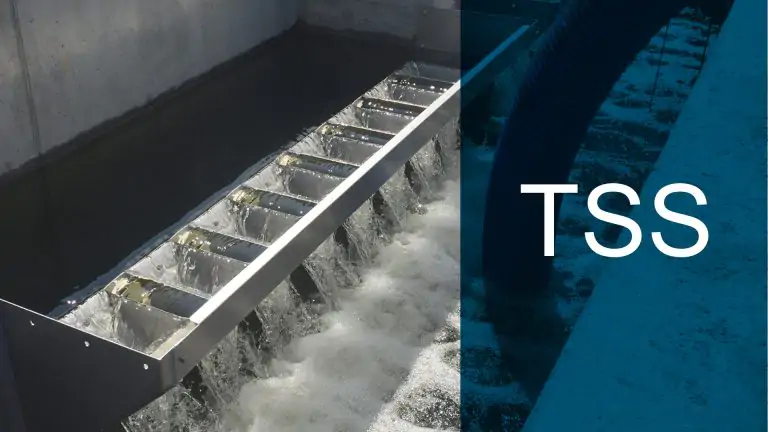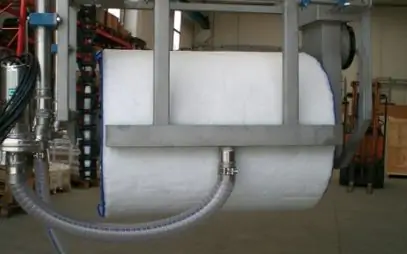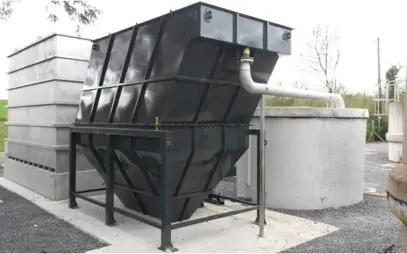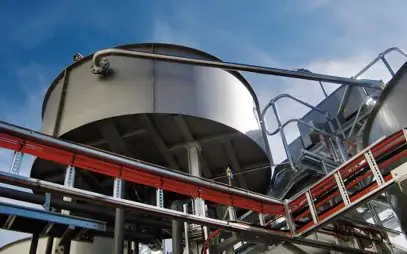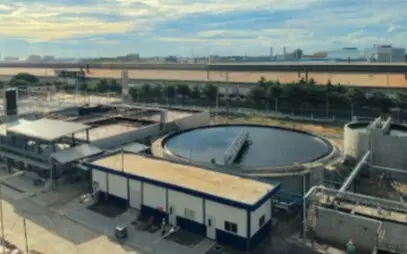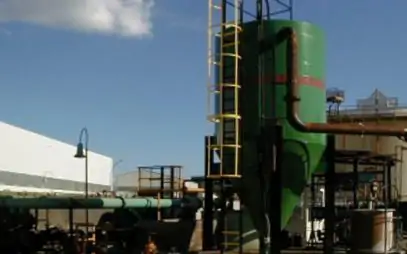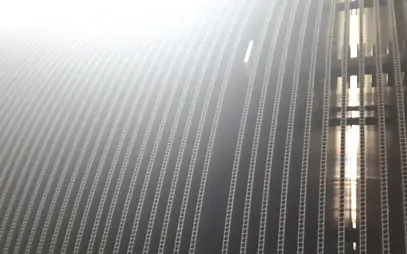Total suspended solids removal: methods and processes
The removal of total suspended solids involves different methods, depending on the size and characteristics of the particles in the wastewater.
- Gravity sedimentation. This is the simplest and most widely used method, as it takes advantage of the higher specific gravity of the solid relative to the aqueous medium, with the former tending to settle to the bottom of a specially prepared basin. Lamellar pack sedimenters exploit this simple and effective principle, but occupy an area that is a fraction of that required by conventional sedimentation processes. It is a method that lends itself very well to treating water particularly laden with solids.
- Filtration. This is a system used primarily as a refinement, and thus downstream of other treatments such as sedimentation. Filtration intercepts residual solid particles and temporarily accumulates them on/in the filter itself, until a limit is reached beyond which an automatic cleaning system is activated. Options include sand filters and free-fiber cloth filters, one of the most compact and efficient technologies.
- Coagulation and flocculation. We talk about processes by which fine particles of suspended solids are aggregated into larger particles, changing some of their chemical and physical properties, and then a conventional or lamellar-pack sedimentation process is operated.
- Mechanical separation. Includes a wide variety of mechanical solutions (such as grates and sieves) that are suitable for intercepting coarser bodies.
The main processes used for the removal of suspended solids are listed below.
- Screening. Grates used for wastewater treatment capture coarser solids, usually with an equivalent diameter greater than half a centimeter, that could clog downstream treatment machinery.
- Sieving. Fine-weave mechanical sieves, which can be pushed down to half a millimeter of passage clearance, are used here.
- Primary and secondary sedimentation. This category can include gravity sedimentation tanks, as well as tanks equipped with lamellar packs. Primary sedimentation is aimed at removing solids in sewage, while secondary sedimentation is an integral part of biological treatment processes using activated sludge.
- Advanced technologies. These are coagulation-flocculation processes, and filters of various kinds, useful for colloidal particles, very fine suspended solids, and situations where the required treatment performance is particularly demanding.
